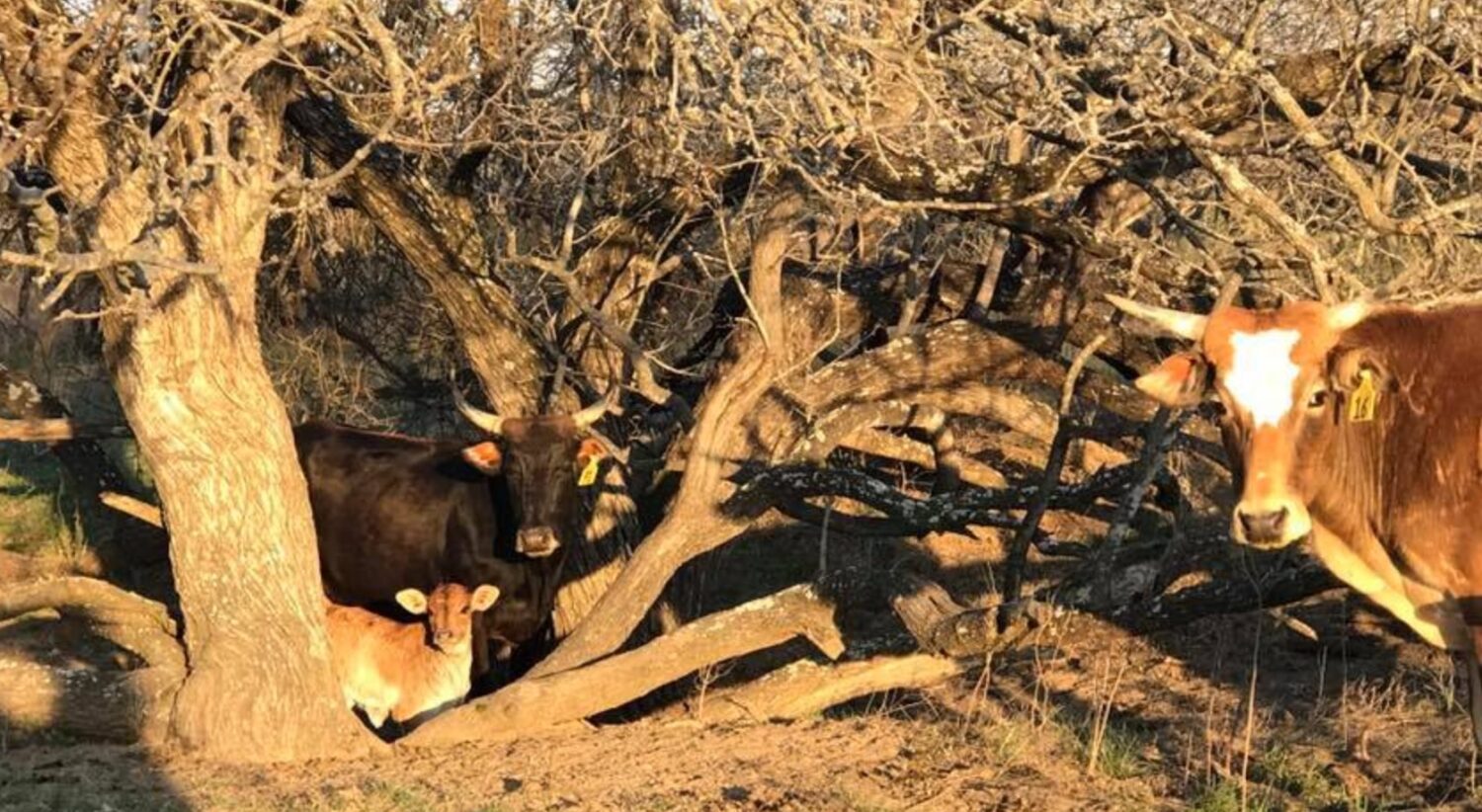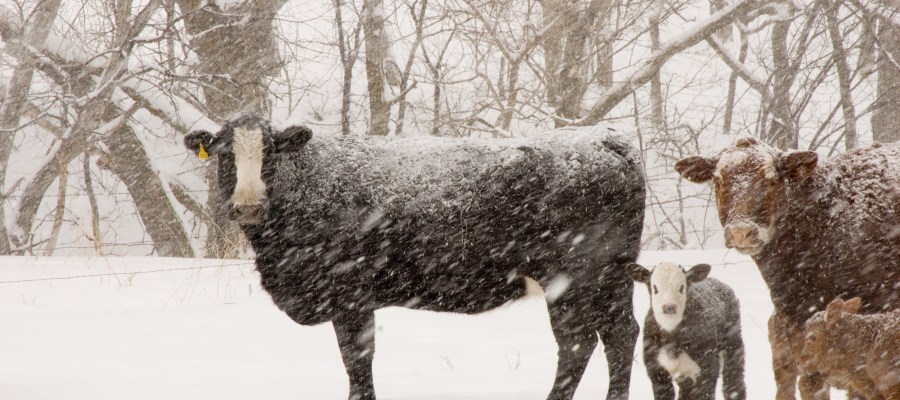
January 29, 2018
It’s January, and in the colder weather spots, it’s time to think cattle lice. (We’ll get to you warmer weather folks next issue.) These pests thrive when the temperatures drop and are most prominent in December, January and February. Unchecked, they can lead to, at the least, hair loss and bare patches of skin. Studies, including those done at the University of Nebraska, indicate that heavy lice populations may reduce weight gains by as much as 0.21 lb/day. This can become a major health issue, especially in calves.
There are two types of lice – chewing/biting lice and sucking lice. Chewing/ biting lice feed on hair, skin and skin debris. Sucking lice feed on blood and may create irritation, anemia weight loss and, in extreme cases, death in cattle.

Sucking lice range from 1 mm to 5 mm depending on the species, and can be found on any age or breed of cattle. Infestations are likely when cattle come in contact with other cattle who are already infested. This can be a concern when introducing new members into the herd during the cold weather months.
Hair loss and bare patches are not isolated to the infestation of lice. Such conditions as natural shedding, poor nutrition, mite infestations, mineral deficiency and photosensitivity can present the same indicators. A hands-on inspection of the animal will determine if lice are indeed the problem.
A two-handed inspection should be done by parting the hair on the top line, withers and face. This will determine if the animal is infested with lice and, if so, to what extent. Lice numbers between 1-5 per square inch represent a low population, 6-10 per square inch represent a moderate population, and more than 10 lice per square inch is considered a heavy population.
Cattle louse treatment products fall into several categories: animal sprays, non-systemic (contact) pour-on, and endectocides (systemic pour-on, absorbed internally and systemic injectable). Some non-systemic pour-ons require just one application while others can require two applications spaced 14 days apart. Systemic injectables work better on the sucking lice than on the chewing louse. A systemic pour-on effectively kills both chewing and sucking lice. Use of systemic control products between Nov. 1 and Feb. 1 is not advised as they may cause a host-parasite reaction from killing developing cattle grubs while they are in the esophagus or spinal canal of the animal. A systemic product used during fall weaning will not be a problem. Producers who did not use a systemic during fall weaning, should consider using only non-systemic control products during this November to February time frame.
Successful louse control depends on application timing. If applied too early before colder temperatures set in, the treatment may prove ineffective when lice infestations do appear. In the case of warmer than usual early winter months, it may be necessary to retreat cattle when cold temperatures finally arrive.
Keeping your cattle free of lice infestation is a major step in ensuring healthy cows and healthy calves. A pregnant cow suffering from a heavy louse population might well have health issues such as anemia and weight loss, creating the risk that she gives birth to a less than healthy calf. Calves, especially in severe winter conditions, may struggle if infested with sucking lice.
It is important to remember that pesticides do not all act the same way. Labels should be read and directions followed to ensure the safety of your cattle.
by Terry Lidral in collaboration with David Boxler, Extension Educator, University of Nebraska-Lincoln
David Boxler is Extension Educator in Livestock Entomology at the University of Nebraska-Lincoln West Central Research & Extension Center in North Platte, NE. His responsibilities include providing regional leadership for educational programs and applied research/demonstrations for profitable and sustainable livestock entomology and rangeland grasshopper management. He has a B.A. in Botany from the University of Northern Colorado and a M.S. in Entomology 1980 from University of Nebraska-Lincoln. He is a member of the Entomological Society of America.



 Photo by J. C. Poltz
Photo by J. C. Poltz Photo by Alan R. Walker
Photo by Alan R. Walker